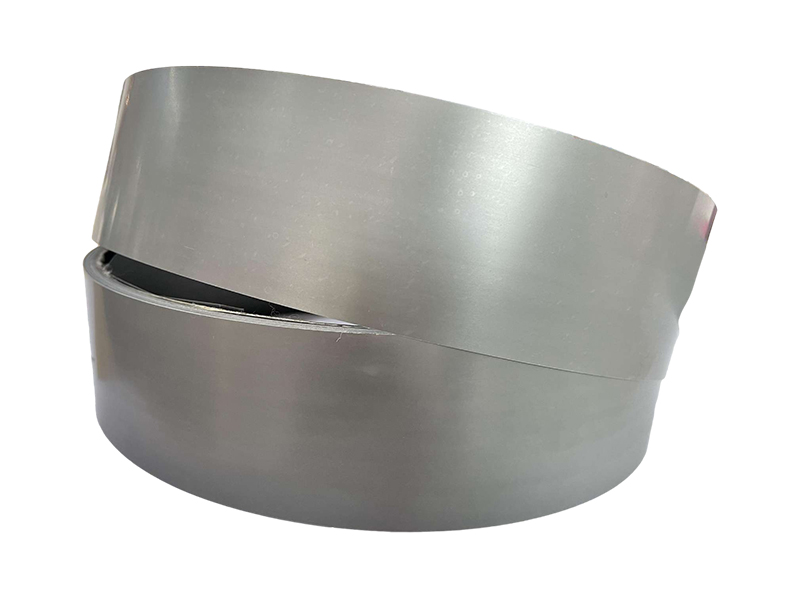
ETIQUETAS CALIENTES : acero al silicio de grano orientado acero eléctrico crgo de alta inducción magnética proveedor de acero eléctrico crgo Acería ventas directas crgo acero eléctrico fábrica de acero eléctrico de grano orientado
LEE MASPerfil de la empresa
Cultura de la empresa
Cooperativa siderúrgica
Acero Shunge
Pionero del acero al silicio ultrafino
Foshan Shunge Steel Trading Co., Ltd. se estableció en 2008, ubicada en el mercado del hierro y el acero del sur de China en Lecong, distrito de Shunde, ciudad de Foshan, el centro de distribución de acero más grande de China y el área central de la industria de apoyo para electrodomésticos en el Delta del río Perla. Somos una empresa integral orientada al servicio que integra el comercio, el procesamiento y la distribución de acero.
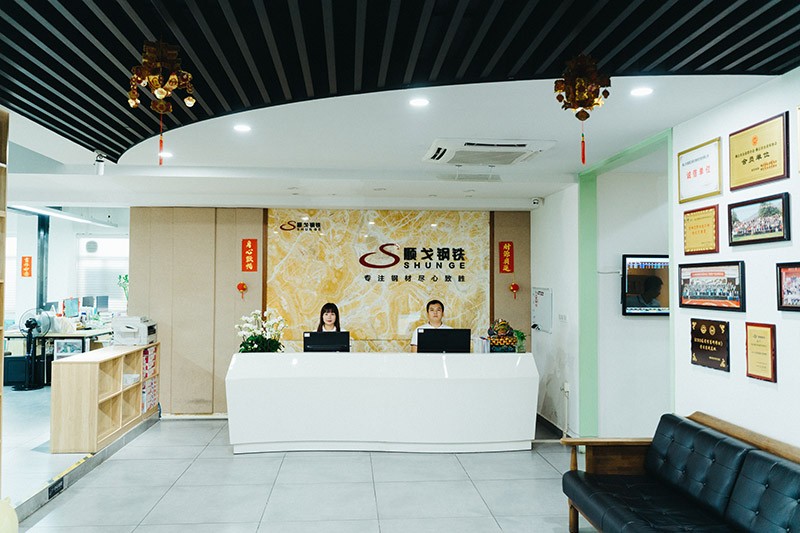 |
 |
 |
Comercio de acero como negocio principal, tenemos dos centros de procesamiento (Guangdong Shunde Jinwei Metal Products Co., Ltd., Dongguan Shunda Metal Materials Co., Ltd.), dos empresas comerciales (Shanghai Shunchuang Industrial Co., Ltd., Foshan Guangjiuhui Supply Chain Management Co., Ltd.), un equipo de logística (Dongguan Shunluda Logistics Co., Ltd.).
 |
 |
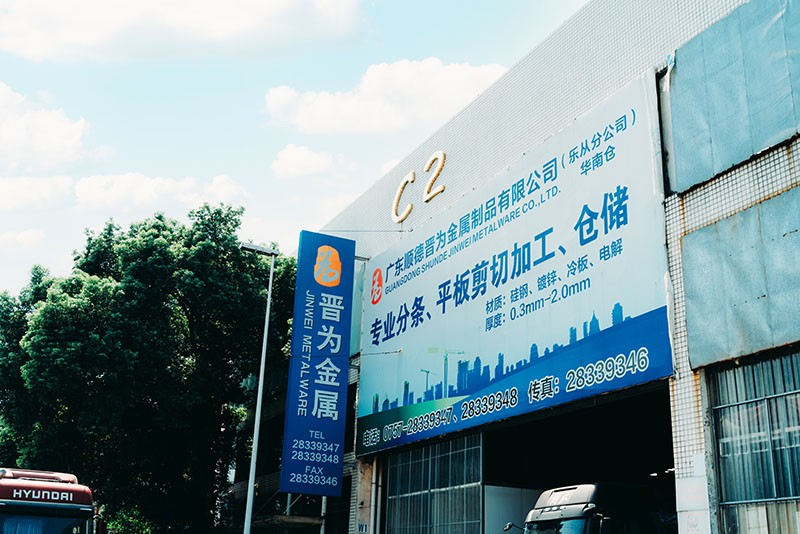 |
 |
Los almacenes de Foshan y Dongguan tienen una superficie total de 30.000 metros cuadrados y una capacidad de almacenamiento de 250.000 toneladas. Equipado con 5 unidades de corte longitudinal avanzadas domésticas y 3 unidades de corte horizontal, con las características de operación inteligente, automatización y alta precisión de procesamiento.
 |
Los principales productos ventajosos de Shunge cubren acero al silicio no orientado, laminado en frío, galvanizado (galvanizado en caliente/electrogalvanizado), chapa electrolítica, decapado, acero laminado en caliente, barras de refuerzo y otras categorías.
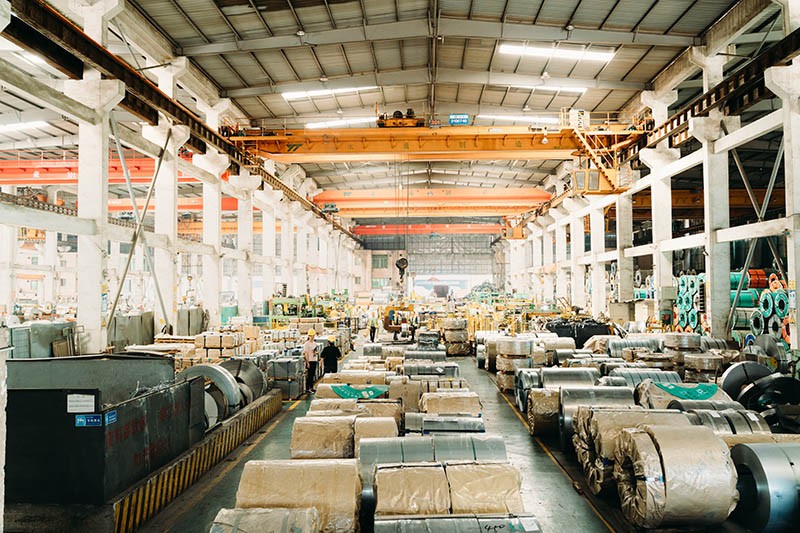 |
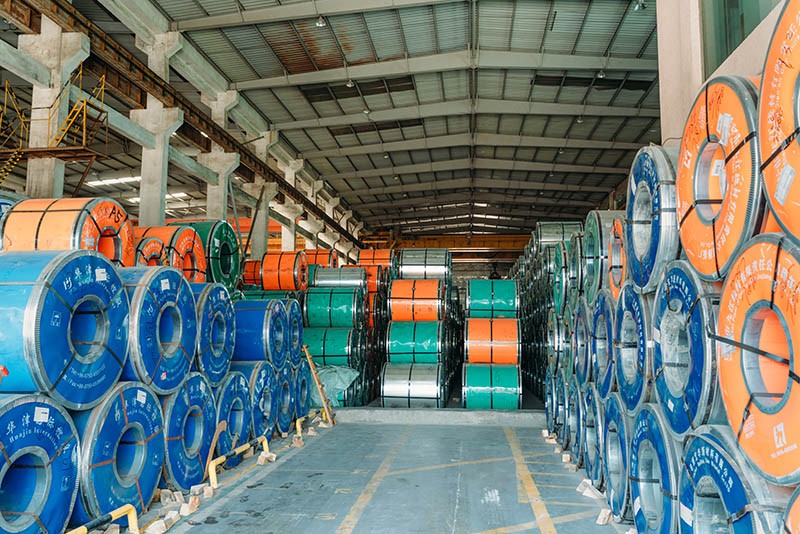 |
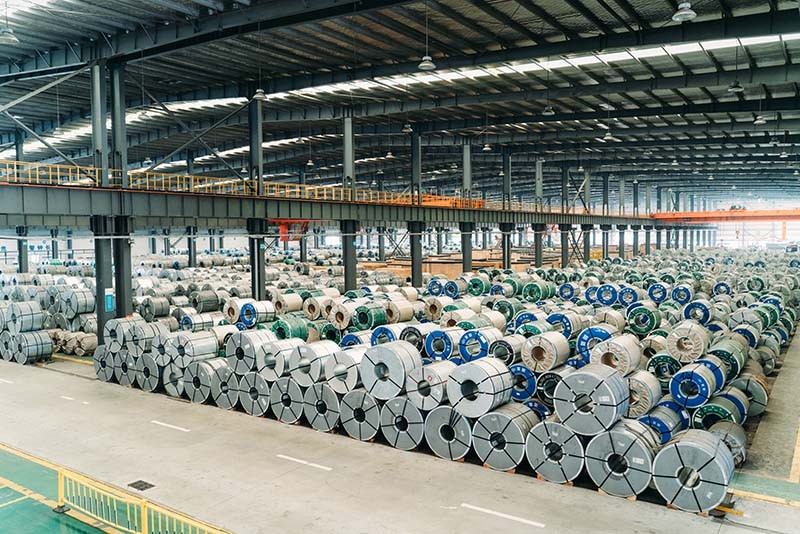 |
Shunge es el agente de nivel A de Shou Steel Silicon Steel y Bao Steel Silicon Steel en el sur de China, con un volumen de ventas anual de 180.000 toneladas. También somos el agente de la placa fría y la placa galvanizada de Jiujiang Sheet y Gaoming Foundation, existencias regulares de las principales acerías como An Steel, Shougang, Bao Steel, Ben Steel, Mittal, Xinyu y Liugang. El volumen de ventas anual de chapa fría, galvanizada y decapada es de 250 mil toneladas.
 |
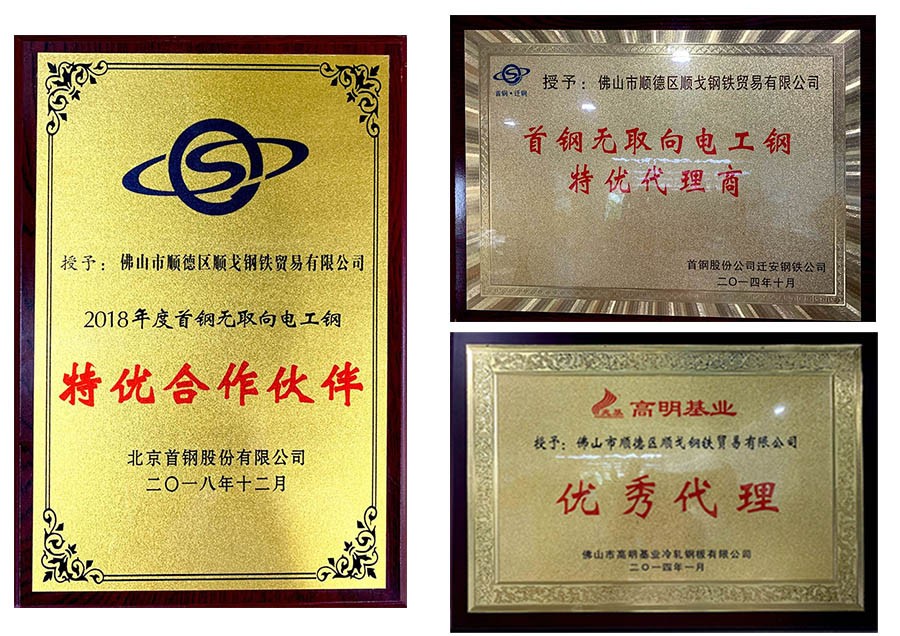 |
Gracias a la diversidad de tipos de acero, Shunge satisface las exigentes necesidades de los clientes en diversas industrias, como electrodomésticos, ferretería, electromecánica y fabricación de equipos, y se pueden proporcionar servicios profesionales personalizados de procesamiento de valor agregado, como aplanado, corte longitudinal, laminación , estampado y conformado.
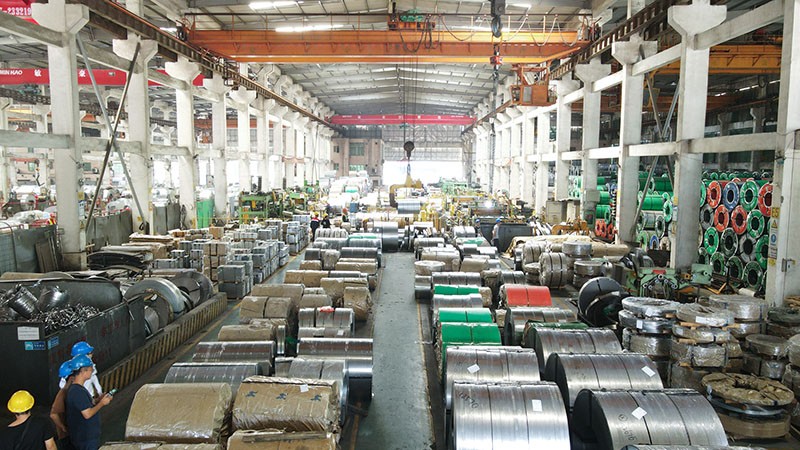 |
 |
 |
Shunge se adhiere a la filosofía comercial de "integridad, cooperación, desarrollo e innovación" y brinda a los clientes servicios completos de soporte de suministro de acero en virtud de un modelo de operación estable, una red de ventas perfecta, una buena gestión y una buena reputación.
 |
 |

VOLUMEN DE NEGOCIOS ANUAL

Volumen de ventas anual

Países de exportación

Misión, visión y valores de Shunge
Misión:
¡Ayudar a la fabricación china a liderar el mundo con servicios de cadena de suministro de acero profesionales e innovadores!
Visión:
Convertirnos en un hogar feliz para todos los empleados;
Convertirnos en el proveedor de acero más competitivo y excelente del sur de China;
Convertirnos en el socio estratégico preferido de la industria siderúrgica de China.
Valores:
Profesional, progresista, confiable, entusiasta, innovador y ganar-ganar
Ver más sobre


Shunge Steel se estableció en 2008 y está ubicada en Lecong, distrito de Shunde, ciudad de Foshan, en el sur de China, y es el centro de distribución de acero más grande de China. Somos una empresa integral orientada al servicio que integra el comercio, procesamiento y distribución de acero al silicio.
Ver más sobre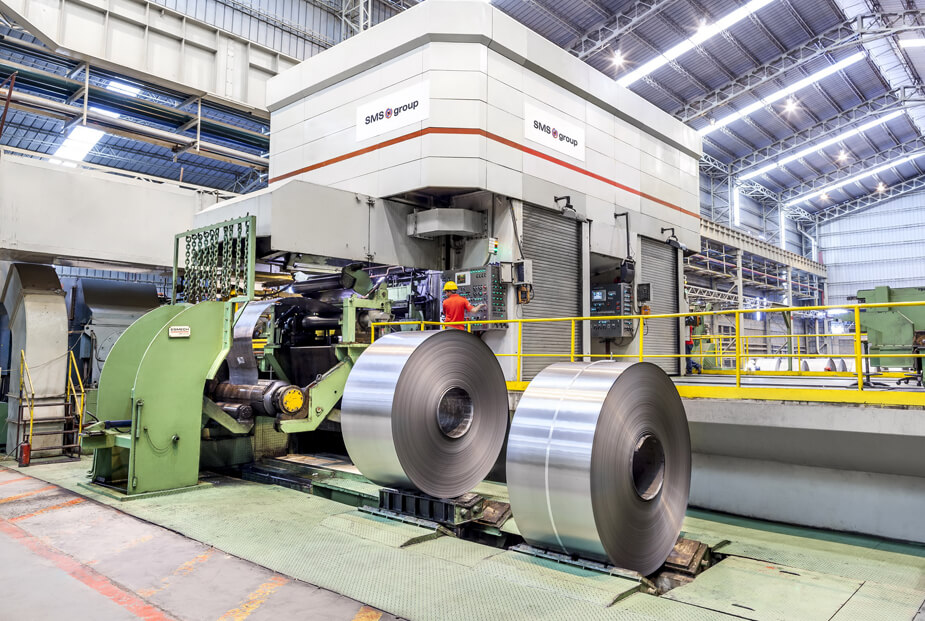
Shunge Steel se fundó en 2008 y está ubicada en Lecong, distrito de Shunde, ciudad de Foshan, en el centro de distribución de acero más grande de China, conocido como el principal centro de comercialización de hierro y acero del sur de China. Somos una empresa integral orientada al servicio que integra el comercio, el procesamiento y la distribución de acero al silicio. Suministramos acero al silicio no orientado de alta calidad con espesores de hasta 0,1 mm, ideal para aplicaciones de alta precisión como robótica y drones.
Ver más sobreShunge se esfuerza por proporcionar la mejor solución de acero para diferentes aplicaciones
Los aceros se usan comúnmente en los campos de la construcción, como el acero galvanizado, el acero laminado en caliente y el acero laminado en frío, varían según el uso, Shunge podría ser el socio de abastecimiento confiable para que nuestros clientes seleccionen los aceros adecuados que se ajusten a sus necesidades.

Los aceros se usan comúnmente en los campos de la construcción, como el acero galvanizado, el acero laminado en caliente y el acero laminado en frío, varían según el uso, Shunge podría ser el socio de abastecimiento confiable para que nuestros clientes seleccionen los aceros adecuados que se ajusten a sus necesidades.
La creciente demanda de electrodomésticos por parte de los clientes también se centra en la calidad del producto, que se mejora constantemente. Shunge Steel espera combinar recursos de alta calidad con los fabricantes y garantizar la calidad de las materias primas.

La creciente demanda de electrodomésticos por parte de los clientes también se centra en la calidad del producto, que se mejora constantemente. Shunge Steel espera combinar recursos de alta calidad con los fabricantes y garantizar la calidad de las materias primas.
Los aceros galvanizados en caliente, laminados en frío, decapados y laminados en caliente se utilizan generalmente en la fabricación de automóviles. Shunge Steel sería su socio flexible, confiable y eficiente para brindarle productos líderes en el mercado de acerías avanzadas.

Los aceros galvanizados en caliente, laminados en frío, decapados y laminados en caliente se utilizan generalmente en la fabricación de automóviles. Shunge Steel sería su socio flexible, confiable y eficiente para brindarle productos líderes en el mercado de acerías avanzadas.
El acero al silicio (de grano orientado (GO) y no orientado (NGO)) también conocido como acero eléctrico, acero para laminación o acero para transformadores, es una aleación ferrítica de hierro y silicio que tiene propiedades magnéticas, que juega un rol importante en la fabricación motores y transformadores.

El acero al silicio (de grano orientado (GO) y no orientado (NGO)) también conocido como acero eléctrico, acero para laminación o acero para transformadores, es una aleación ferrítica de hierro y silicio que tiene propiedades magnéticas, que juega un rol importante en la fabricación motores y transformadores.

Dirección : Room 201, West Building A, Dawei Logistics, Xihai Industrial Zone, Lecong Town, Shunde District, Foshan City
Puedes darte de baja en cualquier momento. Para ello, consulte nuestra información de contacto en el aviso legal.
 IPv6 RED SOPORTADA
IPv6 RED SOPORTADAWe will contact you as soon as possible
Hi! Click one of our members below to chat on
